Living Data
Science Art & Talks
The experiential process of observation and reflection is key to art and science
and is an essential component in understanding interdependence
of all species and ecosystems, terrestrial and aquatic.
Paul Fletcher Animator
Science Art & Talks
Living Data Program for the 2013 Ultimo Science Festival, Sydney, September 12-21.
Hybrida, 2012 Ojects Antonia Posada
Human impacts on the planet generate hybridity in living forms.
Art is made with naturalised plants to appeal to our own experience of adapting to a new place.
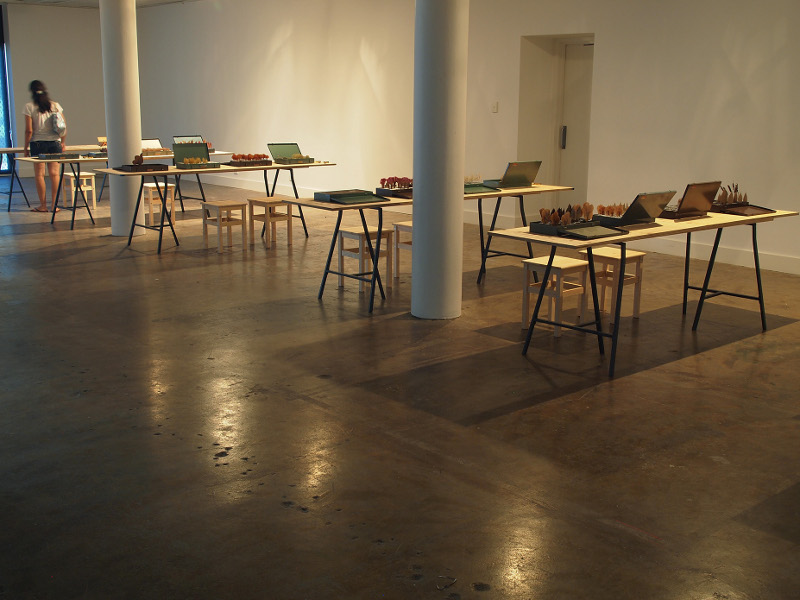
Herbaria installation, 2013. POP@AFG
(Postgraduate and Other Projects
at the Art Factory Gallery)
Griffith University, Wollongong
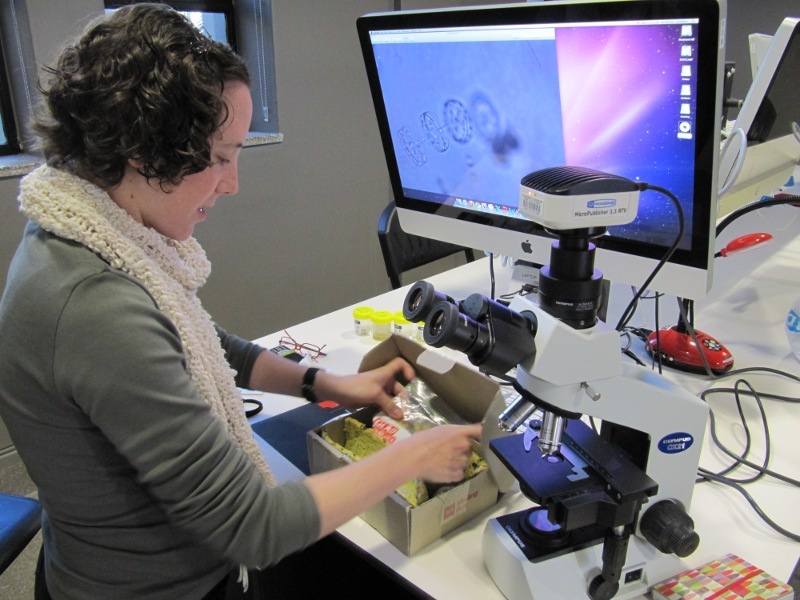
Antonia Posada photographs diatoms
If collections open the possibility to find patterns, to build connections, to discover or invent narratives, I argue that they also play a role in the fixation of memories, and can enhance people's emotional bond with the places they inhabit.
For many years I have worked both as an artist and as a biologist, and so my everyday has oscillated between the art studio and the laboratory. Lately, the disciplines of specimen collection and their arrangement in some sort of creative taxonomy have become a means to bring science and art together. Moreover, they are allowing me to reflect on my own processes of adaptation to a new country, and the development of a sense of place. After moving from Colombia to Australia in 2007, I started gathering objects (mostly plants and other natural materials) as a means to familiarise myself with my new territory. My collection started to evidence the hybridity of the urban landscape and, as such, aided my process of building a sense of place. I argue that the hybridity generated by globalisation can allow for the emergence of unique ecological and cultural interactions and allow displaced people to build a new sense of home. Thus, if collections open the possibility to find patterns, to build connections, to discover or invent narratives, I argue that they also play a role in the fixation of memories, and can enhance people's emotional bond with the places they inhabit.
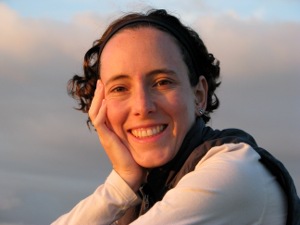
Antonia Posada
From an early age I decided that I wanted to be both an artist and a scientist. I could not see myself dedicated to one and not to the other, and ever since, it has been my personal and professional endeavour to develop strategies through which I can see them interact. With that aim in mind, I studied Biology and Fine Arts at the undergraduate level in Medellín, Colombia, followed by a Master in Evolutionary Genetics. In 2007 I moved to Australia with my husband and in 2008 started a PhD in Fine Arts at the Queensland College of Art, Griffith University. Since moving to Australia, I have had three solo exhibitions and participated in numerous group shows, including two with the Environmental Art Collective, five with the Griffith University Printmakers Club and other shows with the postgraduate community from the Queensland College of Art.
Antonia Posada 2013
Notes for exhibition designers:
Title: Box Q
Dimensions: 38x20x25cm
Materials: retrieved metallic box, teaching slides, laminated died plants, laminated printed image on paper
Title: Box Y
Dimensions: 38x20x25cm
Materials: retrieved metallic box, teaching slides, laminated died plants
Title: Box Z
Dimensions: 38x20x25cm
Materials: retrieved metallic box, teaching slides, laminated died plants
Title: Box K
Dimensions: 38x20x25cm
Materials: retrieved metallic box, teaching slides, laminated died plants, laminated printed image on paper
In order to simplify the shipment of the works, I will take the laminated plants out of the boxes and place them into separate containers. They will have to be placed back into their boxes as per the pictures, which will not take a long time to do. The boxes can be placed on shelves or tables, according to what works best for the exhibition in general.
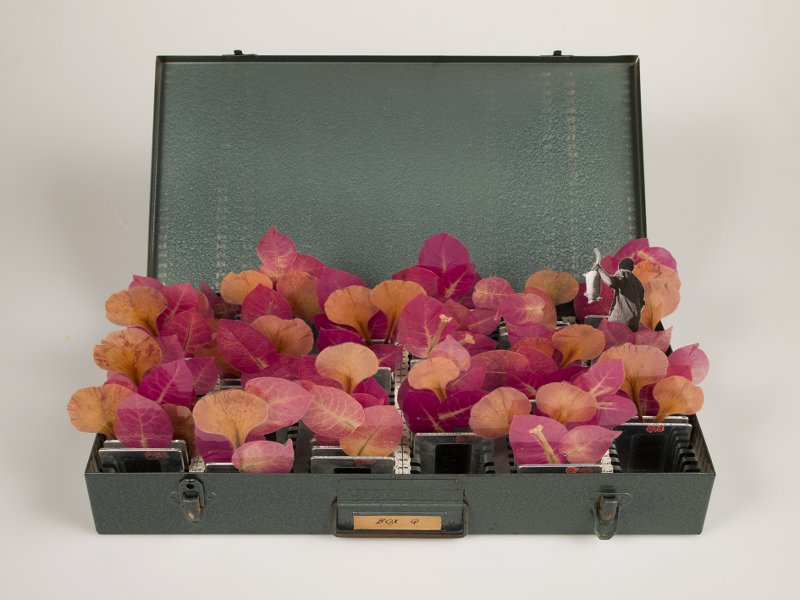
Box Q. Hybrida. Antonia Posada
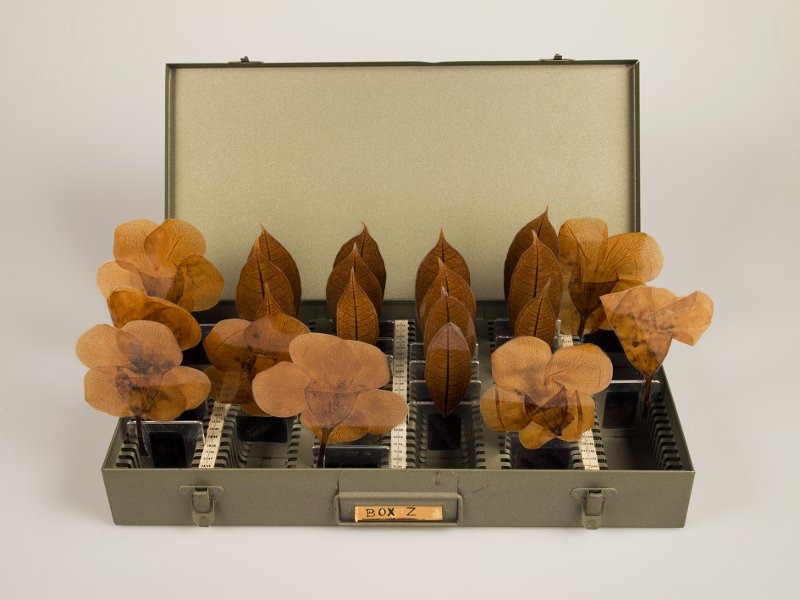
Box Z. Hybrida. Antonia Posada

Box Z. Hybrida. Antonia Posada
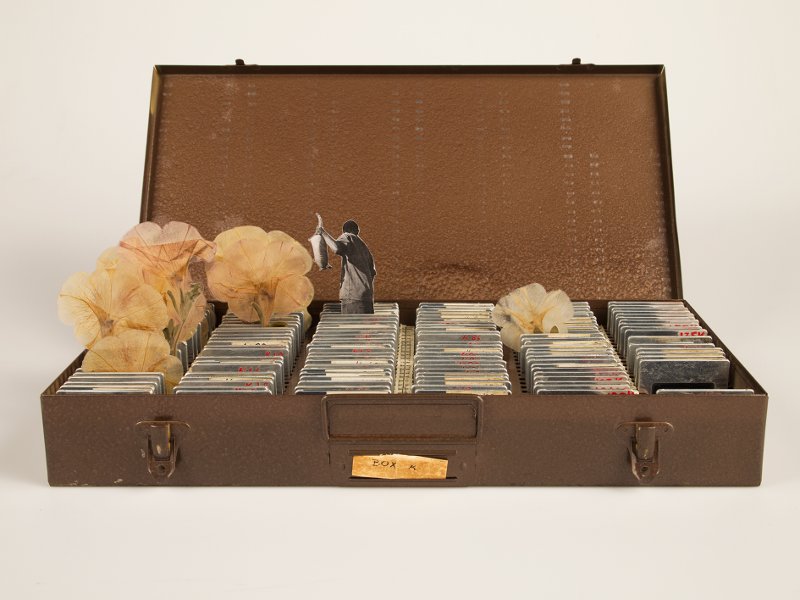
Box K. Hybrida. Antonia Posada
To evaluate how reciprocity works in Living Data and how our program could be improved, I ask contributors,
What do you most value about our work?
What have you contributed?
How have you benefited?
How could our program be improved?
Antonia Posada, Scientist and artist:
What do you most value about our work?
As a scientist and an artist, I really appreciate the initiative of Living Data to build tangible bridges between science and art, and to erase the false dichotomy between the two disciplines.
What have you contributed?
I contributed through my artwork, and through the collaboration with another artist (Shona Wilson).
How have you benefited?
Living Data is allowing us, as professionals from different fields to contribute to each other's pursuit for knowledge.
How could the Living Data program be improved?











